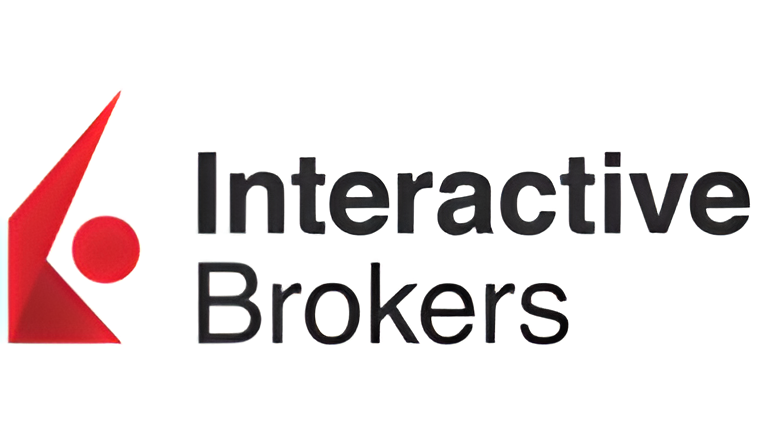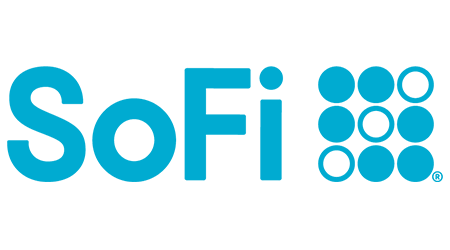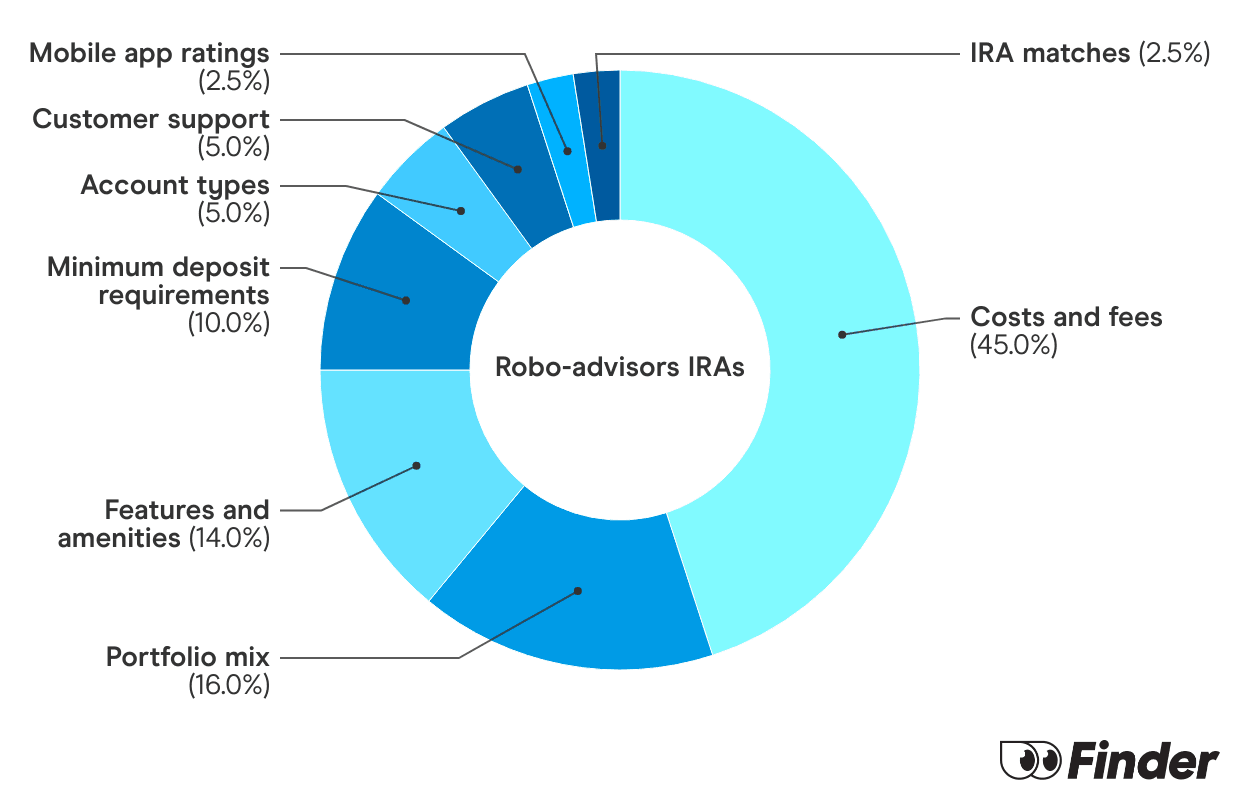-
Commitment to our readers
18 years
Helping you save money
Reviewed
by experts
Cited by
major publications
Finder maintains full editorial independence to ensure for our readers a fair assessment of the products, brands, and services we write about. That independence helps us maintain our reader's trust, which is what keeps you coming back to our site. We uphold a rigorous editorial process that ensures what we write and publish is fair, accurate, and trustworthy — and not influenced by how we make money.
We're committed to empowering our readers to make sound and often unfamiliar financial decisions.
We break down and digest information information about a topic, product, brand or service to help our readers find what they're looking for — whether that's saving money, getting better rewards or simply learning something new — and cover any questions you might not have even thought of yet. We do this by leading with empathy, leaning on plain and conversational language that speaks directly, without speaking down.
What is a SEP IRA?
A SEP IRA is a type of IRA that business owners can use as a workplace retirement plan. Businesses of any size can open and fund a SEP IRA for their employees, including freelancers and self-employed individuals. SEP IRAs function similarly to traditional IRAs in terms of taxes and withdrawal rules, but they offer a higher contribution limit.
SEP IRAs at a glance
| Type of employer | Any size business |
| Who can contribute | Employers |
| Contribution limits | The lesser of $70,000 or 25% of the employee’s compensation for tax year 2025(1) |
| Eligibility requirements | Employees at least 21 years old who worked for your business in at least 3 of the last 5 years and who will receive at least $750 in compensation in 2025 must be included in the plan(2) Employers can use less restrictive requirements to determine eligibility |
| Tax status | Pre-tax |
| Deductible contributions | Employers can deduct the lesser of their contributions or 25% of the employee’s compensation(3) |
| Access to funds before age 59.5 | Employees are always 100% vested and can withdraw money at any time but will incur a 10% early withdrawal penalty if younger than 59.5 |
How does a SEP IRA work?
The easy setup and low-cost operation of a SEP IRA compared to other workplace retirement plans make these retirement accounts attractive for many employers. To put a SEP IRA in place, the employer must:
- Execute a written agreement to provide benefits to all eligible employees.
- Choose a financial institution to act as the SEP IRA custodian. This can be a broker, bank, credit union or other financial institution that offers SEP IRAs.
Once established, the employer contributes to the account, and the employee is responsible for investing that money. Available investment options depend on what the IRA custodian offers and can include everything from stocks and exchange-traded funds (ETFs) to bonds and mutual funds. Employees can also choose to roll over their SEP IRA assets tax-free to other IRAs and retirement plans.(4)
Unlike some other workplace retirement plans, only employers contribute to the account. However, employees can both receive employer contributions to a SEP IRA and contribute to their own traditional IRA or Roth IRA. An employer’s SEP IRA contributions do not affect the amount an employee can contribute to their own IRA. (3)
SEP IRA contribution limits
For 2025, the maximum an employer can contribute to a SEP IRA is the lesser of $70,000 or 25% of the employee’s compensation. The Internal Revenue Service limits the compensation you can use to calculate the 25% limit to $350,000 in 2025,(2) meaning only the first $350,000 of an individual’s compensation is considered for contribution calculations. However, the calculated contribution can not exceed the annual contribution limit set by the IRS, which is $70,000 in 2025.
SEP IRA taxes
A SEP IRA functions like a traditional IRA in terms of taxes. Earnings in the account grow tax-deferred, which means the money grows tax-free until the employee makes qualified withdrawals in retirement, at which time the money is taxed as regular income. While employees can access their money at any time, any distributions before the age of 59.5 will typically be subject to a 10% early withdrawal penalty in addition to regular taxes. At age 73, employees are required to start taking withdrawals from their accounts.
Employers can generally deduct their contributions on their business’s tax return.(3) If you’re self-employed and make contributions for yourself, you need to calculate your maximum deduction for these contributions using a special computation that considers your net earnings from self-employment. Your net earnings from self-employment takes into account the deduction for the deductible part of your self-employment tax and the deduction for contributions to your own SEP IRA.(5) Consider getting help from a financial advisor to ensure you’re properly calculating your allowable deduction.
SEP IRA rules to remember
As with all types of retirement plans, the IRS sets specific rules for SEP IRAs. Consider these rules as you decide whether a SEP IRA is right for your business.
- You don’t have to contribute to your employees’ SEP IRAs every year, but when you choose to contribute, you must contribute to every eligible employee’s account.(4)
- You must contribute the same percentage of salary for all participants.(4)
- Your plan’s eligibility requirements can be less restrictive than the IRS requirements, but not more. Employees at least age 21 who have worked for you in three of the past five years and will earn at least $750 in 2025 must be included in the plan.
Are SEP IRAs insured?
SEP IRA assets held within depository accounts such as savings accounts or certificates of deposit (CDs) are generally insured up to $250,000 by the Federal Deposit Insurance Corporation (FDIC)(6). However, SEP IRA investments held in securities such as stocks, ETFs or mutual funds are not FDIC-insured.
Additionally, SEP IRAs held at brokerage firms that are members of the Securities Investor Protection Corporation are protected up to $500,00 against the loss of cash and securities if the broker goes under.(7)
Our top picks for brokers that offer SEP IRA accounts

- 4 IRA types: Traditional, Roth, SEP, Rollover
- Access to: Over 265 low-cost mutual funds
- Annual fee: $25

- $0 commissions on stocks, ETFs and options
- Trade stocks, bonds, ETFs, mutual funds, options, futures & currencies in your IRA
- Beginner-friendly and advanced mobile trading platforms, with robust research tools

- $0 annual fee and no stock or ETF commissions
- Robo-advisor and financial planning sessions
- Access private credit, venture capital and other alternative asset funds
- Get a 1% IRA Match on contributions and rollovers
Must be a SoFi Plus member at the time a recurring deposit is received into your SoFi Active or Automated investing account to qualify. Bonus calculated on net monthly recurring deposits made via ACH and paid out as Rewards Points. See Rewards Terms of Service. SoFi reserves the right to change or terminate this promotion at any time without notice. See terms and limitations. https://www.sofi.com/sofiplus/invest/#disclaimers
How to set up a SEP IRA
- Establish plan documents. Execute a written agreement using Form 5305-SEP or your own plan document and provide information about the SEP IRA to eligible employees.
- Choose a SEP IRA trustee. Explore and compare SEP IRA providers, considering factors like investment options, fees, customer support and platform functionality.
- Submit your application. Most SEP IRA providers offer simple online application processes. However, the online application might be reserved for self-employed business owners. If you’re a business owner with employees, you may need to complete a paper application. Be prepared to supply personal information, such as your and your employees’ names, dates of birth and Social Security numbers.
Benefits and drawbacks of SEP IRAs – are they worth it?
Before putting a SEP IRA in place for your business, weigh the pros and cons of these accounts.
Pros
- Large contribution limits. Contribute up to the lesser of $70,000 or 25% of the employee’s compensation.
- Contributions are tax-deductible. Employers can generally deduct their contributions.
- SEP IRAs are simple to establish and operate. SEP IRAs are easier to set up and operate than 401(k)s.
- Investment flexibility. Employees can invest in most assets, including stocks, ETFs, mutual funds and more.
- Employees are 100% vested. Employees own all the money in their account.
Cons
- Equally proportional contributions. You must contribute the same percentage of employee compensation as you do to your own SEP account.
- No Roth form of the account. SEP IRAs are structured as traditional IRAs only.
- No employee contributions. Only employers can contribute to a SEP IRA for their employees.
- No catch-up contributions. Unlike a 401(k), SEP IRAs don’t allow for catch-up contributions for employees age 50 or older.
- No participant loans. Employees can’t take loans from their SEP IRA like they can with a 401(k).
Compare brokerages that offer SEP IRA accounts
Narrow down top brokers by annual fee, stock trade fee and more to find the best for your financial goals.
What is the Finder Score?
The Finder Score crunches 147 key metrics we collected directly from 18+ brokers and assessed each provider’s performance based on nine different categories, weighing each metric based on the expertise and insights of Finder’s investment experts. We then scored and ranked each provider to determine the best brokerage accounts.
We update our best picks as products change, disappear or emerge in the market. We also regularly review and revise our selections to ensure our best provider lists reflect the most competitive available.
Paid non-client promotion. Finder does not invest money with providers on this page. If a brand is a referral partner, we're paid when you click or tap through to, open an account with or provide your contact information to the provider. Partnerships are not a recommendation for you to invest with any one company. Learn more about how we make money.
Finder is not an advisor or brokerage service. Information on this page is for educational purposes only and not a recommendation to invest with any one company, trade specific stocks or fund specific investments. All editorial opinions are our own.
SEP IRA vs SIMPLE IRA vs Solo 401(k)
SEP IRAs, savings incentive match plans for employees (SIMPLE) IRAs and Solo 401(k)s are all retirement plans designed for business owners and self-employed individuals. But there are some key differences.
| SEP IRA | SIMPLE IRA | Solo 401(k) | |
|---|---|---|---|
| Type of employer | Businesses of any size | Businesses with 100 or fewer employees(8) | Business owner with no employees, or that person and their spouse(9) |
| Who can contribute | Employers | Employers and employees | The business owner as both the employer and employee |
| Contribution limits | Lesser of $70,000 or 25% of the employee’s compensation | Either matching contribution up to 3% of compensation or 2% nonelective contribution for each eligible employee | Business owner can contribute both:
|
| Tax status | Pre-tax | Pre-tax | Pre-tax and Roth |
| Withdrawal age to avoid penalties | 59.5 | 59.5 | 59.5 |
| Investment options | Wide range of investments | Wide range of investments | Wide range of investments More flexible than company-sponsored 401(k)s |
Bottom line
SEP IRAs can serve as effective retirement savings vehicles for business owners and self-employed individuals. They allow for deductible contributions for employers and, like traditional IRAs, tax-deferred retirement savings growth for employees. If you think a SEP IRA is right for your business, check out the best IRAs of 2025 to get started.
Frequently asked questions
What is the downside of a SEP IRA?
Some downsides to a SEP IRA include the lack of catch-up contributions if you’re age 50 or older and the lack of a Roth form, which allows for tax-free withdrawals in retirement.
What is the difference between an IRA and a SEP IRA?
The main difference between a traditional IRA and a SEP IRA is who establishes and contributes to the account. Individuals open traditional IRAs and contribute money toward their own retirement, whereas employers open and contribute to SEP IRAs for their employees.
When can you withdraw from a SEP IRA without penalty?
Withdraw from a SEP IRA without penalty at age 59.5.
When is the deadline for a SEP IRA contribution?
You have until the tax filing deadline to make contributions for the prior year.(3)
Sources
Ask a question
More guides on Finder
-
Top IRA Match Accounts for 2025: Boost Your Retirement Today
Get up to a 3% IRA match with Robinhood and Acorns or a 1% IRA match with Public. See how to qualify here.
-
5 Best Roth IRA Investments [With Insights From CFPs]
The best Roth IRA investments may include a mix of index funds, dividend stocks, bond funds and other long-term investments.
-
7 Best Rollover IRA Accounts of 2025
Explore the advantages and shortcomings of the best rollover IRAs for beginners, mobile trading, advanced traders and more.
-
10 Best Roth IRAs: 2025’s Top Picks to Build Your Retirement Savings
Check out our picks of the best Roth IRA accounts for beginners, options traders, hands-off investors and more.
-
10 Best IRA Accounts for 2025: Top Retirement Picks
Check out our picks of the best IRA accounts for beginners, options traders, hands-off investors and more.
-
Should I Max Out My 401(K)?
The rush of turning $19,500 into $1 million can be enticing, but it’s not always the best idea.
-
Roth IRA vs. Traditional IRA: What’s the Difference?
Learn the differences between a Roth IRA and a traditional IRA.
-
What is a Roth IRA and how to open one
Learn how Roth IRAs work and who qualifies to open one.
-
401(k) withdrawal rules: Penalties, fees & how to do it
Need a quick influx of cash? Before you dig into your retirement funds, consider these drawbacks.
-
What Is a Retirement Savings Account?
Here’s how retirement savings accounts work and how to compare your options.


